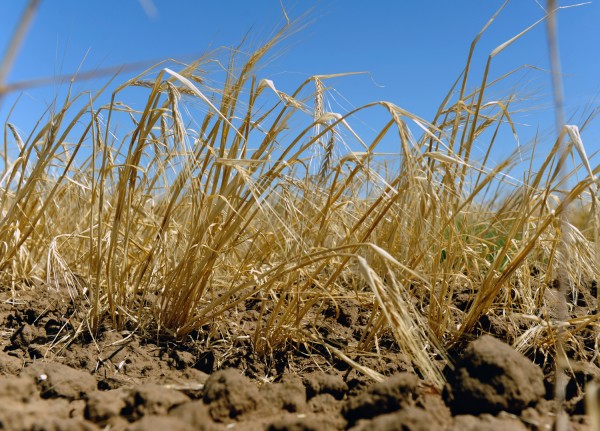Drought threatens southern Africa’s grain crops

Lack of rain due to the El Niño weather phenomenon is damaging southern Africa’s cereal grains production outlook and threatening already fragile food security in the region, according to the Food and Agriculture Organization of the United Nations (FAO).
The foreseen shortfall in production, especially for maize (corn), is expected to intensify households’ food insecurity, push up domestic prices and spur a surge in import needs across the subregion, according to an April 24 assessment from FAO’s Global Information and Early Warning System. White maize accounts for almost 20% of calories consumed in the subregion.
Acute food insecurity in southern Africa, estimated at 16 million people in the first three months of 2024, could deteriorate in late 2024, the FAO said. Food prices, already rising at annual rates above 10%, are likely to rise further and, based on current projections, South Africa and Zambia, typically maize exporters, will not be able to cover the supply shortfall, and Zambia has started importing maize to meet the shortfall.
This combination of reduced harvests and rising food prices is particularly harmful for agricultural households and restoring production levels, as farm incomes are set to be squeezed while more resources will be needed to purchase food, said Jonathan Pound, economist at FAO’s Global Information and Early Warning System.
The governments of Malawi, Zambia and Zimbabwe have declared drought emergencies. Teaming up with the NASA Harvest program, FAO geospatial observations suggest that key cereal crops will suffer adverse impacts in parts of Angola, Malawi, Mozambique, Namibia, South Africa and Zimbabwe, with Zimbabwe, Malawi and Mozambique expected to see a notable jump in import needs.
The disappointing forecast comes after “widespread and substantial rainfall deficits in February, exacerbated by record high temperatures, a particularly damaging combination for crops,” the report said, noting that there are scant hopes of a recovery before harvest starts in May.
This observed dry weather pattern is typical of the El Niño weather phenomenon in the region, the FAO said. Current forecasts do, however, point to a strong likelihood of a transition to a La Niña weather pattern later this year, with more beneficial precipitation patterns.
That makes it “imperative” to scale up resilience-bolstering measures enabling farmers to prepare adequately for the next agricultural season starting in September 2024, the FAO said.
Read also
Official Release – December 17th! Crop & Price Navigator 2026/27
Ukraine’s harvest nears completion: Total grain output exceeds 56 mln tons
Wheat heads for worst week since June on global oversupply
‘Soybean GPT’ lands South Korea’s agriculture ministry in awkward situation
Thailand purchases 65 thsd tons of Argentine feed wheat
Write to us
Our manager will contact you soon



